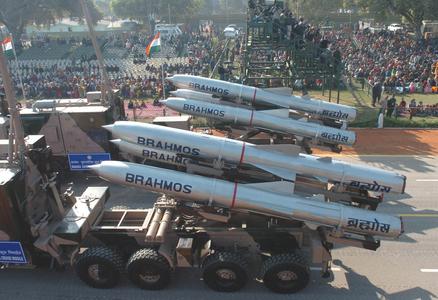New Delhi: Following the success of Operation Sindoor, global interest in India’s BrahMos missile system has surged. The operation, conducted in retaliation for a terror attack in Pahalgam that killed 25 Indians and one Nepali citizen, showcased India’s ability to conduct high-impact precision strikes without crossing international borders. At the centre of this mission was the supersonic BrahMos missile, which played a decisive role in neutralising key terror targets.
According to defence sources, India deployed 15 BrahMos missiles during the operation, targeting Pakistan-backed terror camps with devastating accuracy. Developed jointly by India and Russia, the BrahMos missile has a current strike range of 290 kilometres, with advanced variants capable of reaching 500 to 800 kilometres. Each missile can carry 200 to 300 kilograms of high-explosive payload, making it a formidable asset in India’s strategic arsenal.
The effectiveness of BrahMos during Operation Sindoor has drawn the attention of several countries, including Thailand, Singapore, Brunei, Brazil, Chile, Argentina, Venezuela, Egypt, Saudi Arabia, the United Arab Emirates, Qatar, and Oman. These nations have reportedly expressed interest in acquiring the missile system.
Despite the growing demand and willingness of foreign buyers to pay a premium, India has not proceeded with any BrahMos exports. This is due to the joint ownership of the missile project between India and Russia, with both nations holding a 50% stake. The name “BrahMos” is derived from India’s Brahmaputra River and Russia’s Moskva River, symbolising the partnership.
As per current agreements, India cannot independently export BrahMos without Russia’s consent. All potential sales require bilateral approval and coordination. While Russia has not ruled out future exports, no formal agreements have been signed to date.
Defence analysts believe that if Russia agrees to co-export the missile, BrahMos could become a significant player in the global arms market. Until such an arrangement is formalised, India will continue to hold back on international sales, despite rising interest. India’s display of military capability in Operation Sindoor has not only reinforced its strategic position in South Asia but also enhanced global confidence in indigenous and joint defence technologies.






